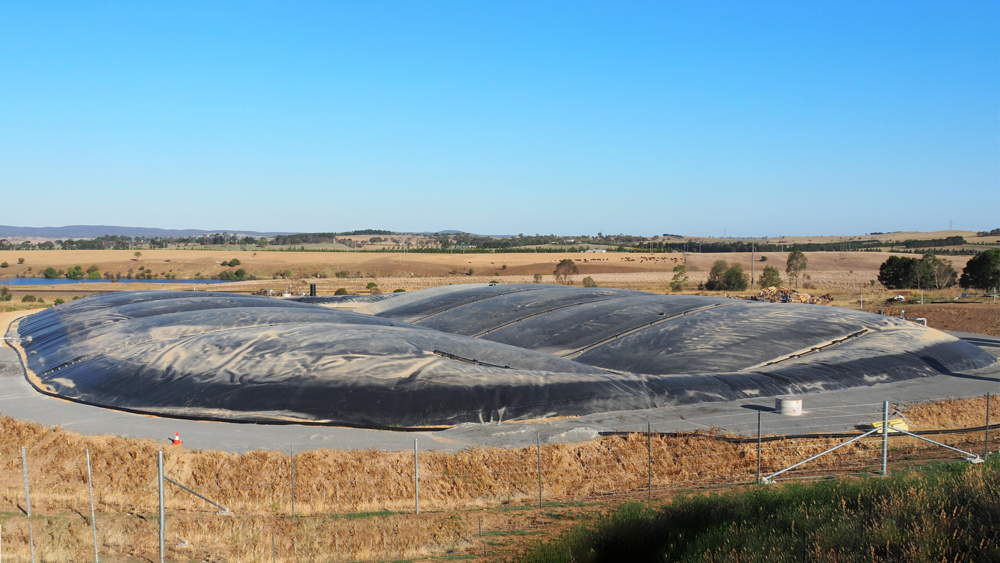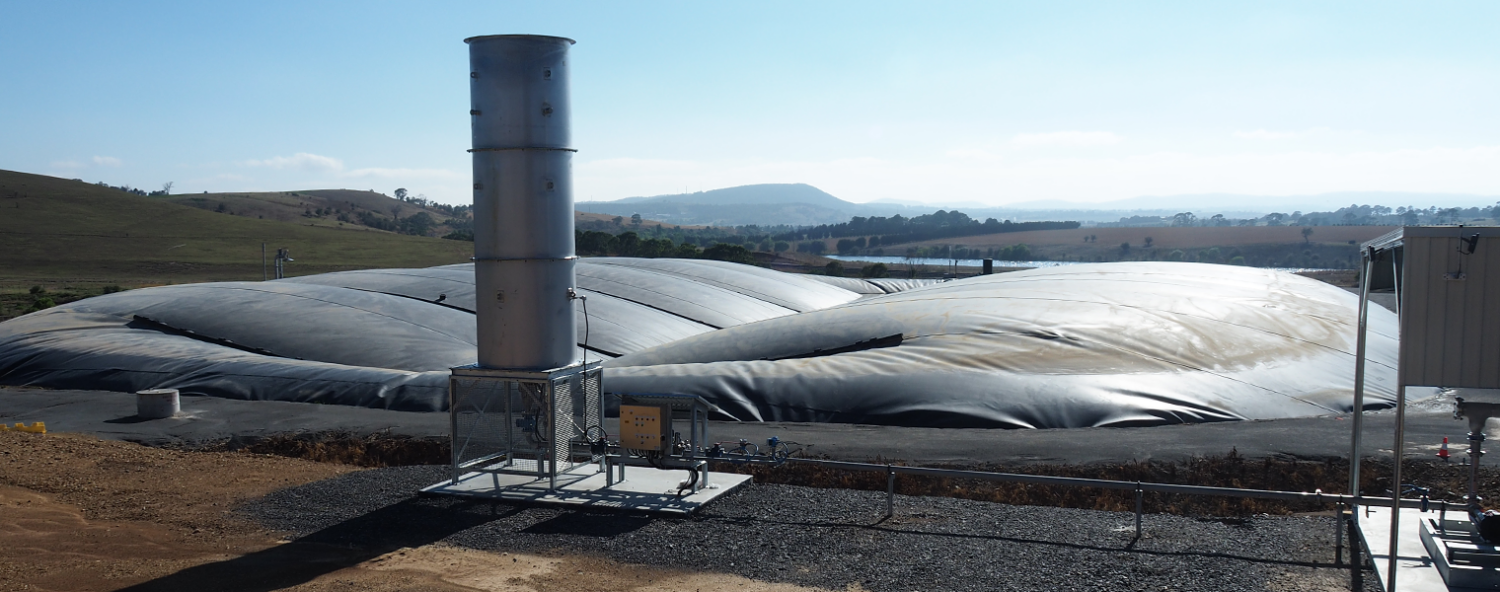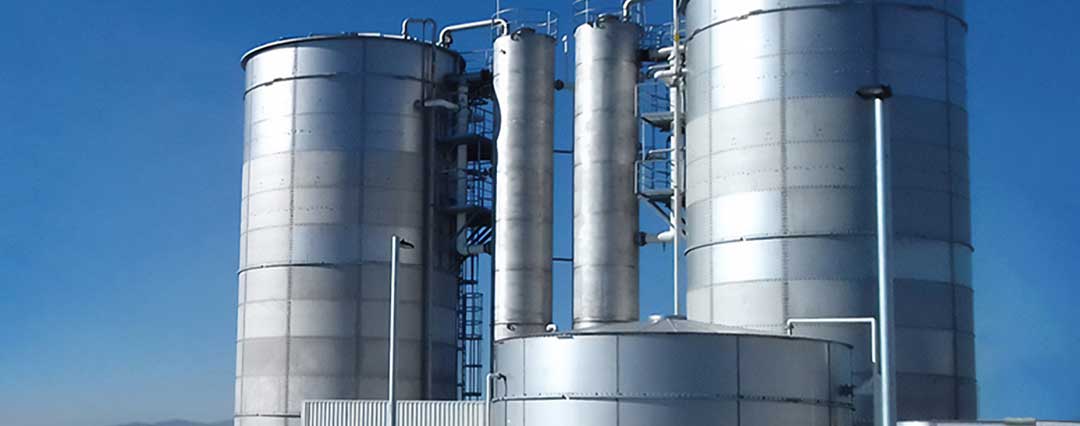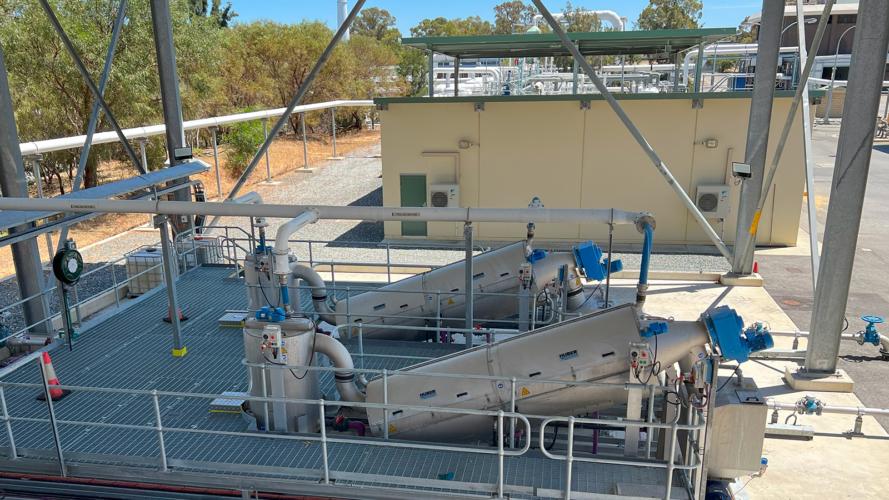
Transitioning to High-Rate Anaerobic Treatment: A Sustainable Solution for the Food and Beverage Industry
October 1, 2024
In recent years, the Food and Beverage industry in Australia and New Zealand has made significant strides in adopting sustainable wastewater treatment practices. Traditionally, lagoons have been the go-to option for anaerobic wastewater treatment, primarily due to their simplicity and low cost. Anaerobic treatment provides circular use of it’s main byproduct due to its ability to produce biogas (methane) during the treatment process. Biogas can be captured and utilised as a renewable energy source, thereby reducing greenhouse gas emissions and promoting resource recovery. However, as environmental concerns escalate and land availability diminishes, there is a growing need to explore more efficient anaerobic alternatives.

Anaerobic lagoons, while effective in treating wastewater, often come with drawbacks such as odour issues, land space requirements, and no methane capture capabilities. The development of covered anaerobic lagoons (CALs) has mitigated some of these concerns by allowing for the capture and utilisation of methane gas produced during treatment. However, this method still falls short in terms of maximising treatment efficiency and minimising footprint.
In contrast, high-rate anaerobic wastewater treatment technologies offer a long-term sustainable solution for the Food and Beverage industry where CALs prove to be inappropriate. In Europe, where land space is limited, high-rate anaerobic treatment options are prevalent, signalling their viability in Australia and New Zealand as an alternative to traditional anaerobic lagoons. A key advantage of high-rate anaerobic treatment systems is their compact footprint, allowing for efficient land use along with reduced environmental impact. High-rate systems utilise advanced bioreactor designs and innovative process controls to achieve high levels of organic matter removal and methane production in a smaller space compared to conventional lagoons.

High-rate anaerobic treatment technologies offer improved methane capture and utilisation capabilities, further reducing greenhouse gas emissions and enhancing the overall sustainability of wastewater treatment operations. The captured methane can be used for onsite energy generation, such as in boilers or combined heat and power (CHP) systems, reducing the facility’s carbon footprint and energy costs. Capturing biogas can also reduce greenhouse emissions from burning natural gas & coal. In fact, the global warming potential of 1x tonne of methane released to the atmosphere is equivalent to 25 tonnes of CO2 emissions.
Using methane in boilers requires a boiler upgrade or new boiler with burners that are designed for the biogas, and CHP systems can be quite costly, and utilising the biogas may not be feasible. Rather than flare the gas, there is also the opportunity to upgrade the biogas to biomethane by removing residual carbon dioxide. The Bioenergy Roadmap by the Australian Government has identified that up to 23% of the total gas used in Australia could be derived from Biomethane by upgrading Biogas to quality requirements for Natural Gas and injecting it into the national gas grid.

Hydroflux has partnered with DMT Environmental Technology in the Netherlands. A global organisation headquartered in Europe, and North America that offers the world’s leading bio-methane upgrading technology specialising in biogas upgrading (CO₂ removal) through membrane separation. DMT was the first to develop a biogas upgrading system based on high-performance membrane separation: Carborex®MS. This technology has been further developed over the years and is currently widely adopted and the technology of choice in most European countries and US states.
While upfront capital costs for high-rate anaerobic treatment systems may be higher compared to traditional lagoons, the long-term benefits in terms of operational efficiency, environmental performance, and resource recovery outweigh the initial investment. Studies have shown that the total lifecycle costs of high-rate anaerobic treatment systems are often comparable to or lower than those of conventional lagoons, especially when considering factors such as land value, odour control measures, and energy savings. With several options for managing or using the biogas, high-rate anerobic treatment is becoming a more viable option for the food and beverage industry on the path to a lower carbon future.
To learn more please CLICK HERE or contact Hydroflux on 1300 417 697 or email [email protected].
About the Hydroflux Group
The Hydroflux Group aims to deliver the highest level of engineering and scientific know-how to the emerging issues of sustainability, climate adaptation and environmental protection with a specific focus on water and wastewater.
As part of its vision and mission, Hydroflux has always taken its climate responsibility seriously. In 2022, Hydroflux became Australia’s first water treatment and technology company to achieve Climate Active carbon neutral certification for its organisation and products. It knows that partnering with customers and clients is the most significant impact it can have in its journey. The Group employs over 100 staff and operates throughout Australia, New Zealand and the Pacific Islands, with office locations in Sydney, Melbourne, Brisbane, Perth, Auckland, Suva and Portsmouth.
Up Next
Categories
- Tradeshows
- Climate
- Community Engagement
- Corporate Announcements
- Group News
- Newsletters
- Product News
- Project Announcement


